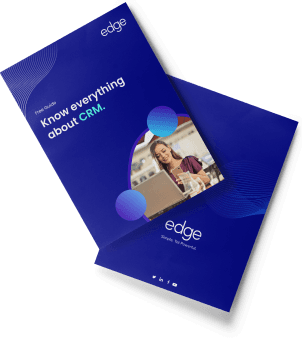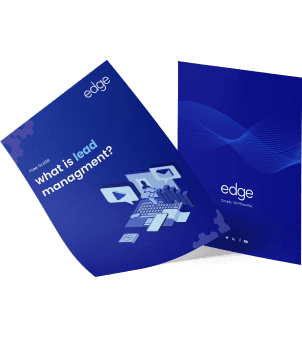What is SPIN Selling Framework?
Back in the ’80s, in the age where big hair was “cool” and so was breakdancing (still cool!), Neil Rackham with his research team at Huthwaite had dropped a major selling technique in their book named SPIN selling.
Rackham had basically introduced the concept of questioning as the foundation for selling methodology. In business terms, SPIN technique gives reps study-based outline for functioning and finalizing deals with a stretched sales process.
Neil Rackham introduced this technique backing with 12 years of research and tested with around 35,000 sales calls. His technique encouraged sales reps to ditch the old methods but also to establish a relationship of value and trust with the customers while identifying the needs of them.
Now coming to the book, Rackham had the book divided into 8 sections. The book discussed a few things like sales behavior and sales success where approaches for closing a deal, questioning are talked about.
The strategies of closing a deal with the right kind of commitment, potential outcomes are also explained. The role of the needs of customers is explained where how implicit and explicit needs are important.
The complete SPIN strategy is laid down along with methods to avoid objectives and how each question type plays a vital role in closing a deal. Head on to your favourite online or paperback store to buy your next copy and sure give it a read.
Now let’s see in detail about this method, the acronym SPIN stands for
Situation
Problem
Implication
Need payoff
The technique mainly emphasizes on the order of the questions asked. Along with that, SPIN works on active listening with provocative questions about scenarios while realizing the needs of the prospect to the features of the product in question. SPIN has always lined up well with inbound sales.
Let’s see in element about the SPIN
SPIN - SITUATION QUESTION
Situation questioning helps in deciding where the prospects' stance is by working through processes to concerns to results.
The explicitness depends on the product, for instance, the roles assigned; the process and tactics applied for issues, assigned budget, tools used, etc. The situational inquiring wilted away as online searching arose.
Over time, it has been advised to avoid generic questioning while researching beforehand has been cheered upon. With many stakeholders now listening to you about a product, establishing a relationship is also recommended.
Asking the same old mundane questions makes people impatient and hence salespersons might miss out on much more. As a salesperson’s perspective, this situation questioning is not much to be dwelled upon and is not considered much important although needed.
SPIN - PROBLEM QUESTION
Now here’s when the actual work starts.
Problem questioning is one of the main stages because it helps representatives detect the impending areas of opportunity. This is where the proposed prospect probe into scenarios where the solution provides worth.
Matters discussed ranges from time to reliability such as:
How much time will XYZ take? Or
How much resources and tools cost?
In case of failures of XYZ, how will you manage?
Is the product reliable?
Who’s the current supplier??
When it becomes obvious that the buyer is dissatisfied, it is better to fill in the gaps and place the problems in a way that the buyer focuses on them and is attentive to solve the same. Creating scenarios and issues that buyer hasn’t thought would earn you acclamation while providing a much-needed solution which your product will be providing.
SPIN - IMPLICATION QUESTION
Now when the problem is put on the table, the acknowledgment of the same is as important as posing it.
Basically, implication helps one deduce the gravity and degree of the problem and the issues caused by it which helps in modifying needs and inculcating the resolution soon.
Topics like:
What would be done with extra time or money while working on XYZ?
Have issues ever wedged the KPI’s?
How will it affect the customers if things go south for e.g., local site shutdowns or systems collapse? etc.
How will it affect the team in case of a bad loss?
In the whole, implication questioning regulates how pain parts or the messy problems are taken care of. Here it sets the groundwork for presenting the need of the proposed prospect and makes reps understand as well.
Back in 2016, Neil Rackham in an APS conference has said that according to his statistics, a good sales representative will ask questions four times more than an average one implying how implication questioning is one the important pillar in the matters of SPIN methodology.
SPIN - NEED PAYOFF
Coming to the final pillar of the SPIN, this stage is where you ice the cake you baked.
Explaining the benefits of the products in a convincing manner is your best option. Queries on hypothetical scenarios that address the fundamental necessities and problems are subjected in this title.
There should be a value-centered communication with importance on the utility of the solution provided. But the questions which highpoint the product cannot solve should be avoided at all costs. Rather queries like mentioned below are very much welcomed:
Has a problem with XYZ ever stopped from meeting a deadline?
If you could do XYZ in half of the time and resources, would you be able to meet the deadline better?
Although with too many questions, one can be derived as patronizing and lead to backfiring in a deal. So, without being obvious, the needs should be presented to the stakeholders in such a way that it makes them believe they actually need the solution provided by your product or prospect.
Establishing a clear layout about job titles and roles each one of you will play will help in acing a deal. On the other hand, reps can establish a good rapport with the point of contacts to avoid any fails.
Let’s discuss the stages of the SPIN questioning.
STAGES OF SPIN STRATEGY
Before we dive onto the stages, let’s discuss the outcomes one should expect while presenting.
The main four include advances, action, order, and no sale.
Advances are basically actions a buyer takes to bring close the purchase of the deal. The reviewing of the budget range, free trials of the product or tools, or getting more key stakeholders on board are said to be categorized under advances.
Actions, on the other hand, are where the stakeholder would be interested to share the workload as well and would want to know his role on the project, whereas the continuation means a buyer satisfied with the prospect but not in whole.
Order is an outcome where the buyer closes a deal or purchases the product.
No sale is when the prospect is rejected, no meetings are scheduled and no prediction in the future as well.
Now the stages of SPIN include the following:
Opening/preliminaries
Generally a scheduled meeting over call or conference, the main resolution is to earn trust and attention. Leading with a gripping query or insight, reps should not jump aggressively to the product’s features and benefits as missing out information stands as a risk.
Investigating
Most important phase as mentioned by Rackham, a thoroughly done research would increase the close rate by 20%. With targeted and well-versed questions, one can manipulate the problems of the buyers’ right to the solution your prospect holds.
Demonstrating capability
Only when you establish the match between solution and the prospect like in a tinder swipe, the describing product’s proficiencies can be presented. Features, advantages and benefits are the three subunits of this. Features are for mundane products with not much to pitch on. Advantages are the characteristics of a product weighed by the preference of people in general whereas benefits target the particular set of audiences sort of like a personalized view.
Objections
On the contrary, more the objections observed, the closer you are to have a deal. Types majorly include value-based objections like will the deal bring good ROI or capability like specific needs will be met or not. Selling too soon while pitching should be avoided. When it comes to reps, having a narrow-minded approach will push away the context of the sale. Instead, analytical tactics with implicating questions to conclude the value of the solution with needs in mind should be considered.
Now in a modern-day scene, how can SPIN be used??
The questions in each method of any state should be aggravating buyers to think about scenarios and have a fresh approach in seeing solutions the prospect will show.
Not to mention, 2020 has certainly been all aboard on social media setting quite a stage to showcase. Twitter, LinkedIn and Facebook can really help with gaining exposure.
Other tools and sites like G2crowd, product hunt can help you decide about the product by reviews.
In conclusion, SPIN might have been one of the out-dated approaches but on the contrary, has been one of the most preferred methodologies when it comes to pitching sales as it can get into modern-day techniques and still help with aggregating the close rates.













